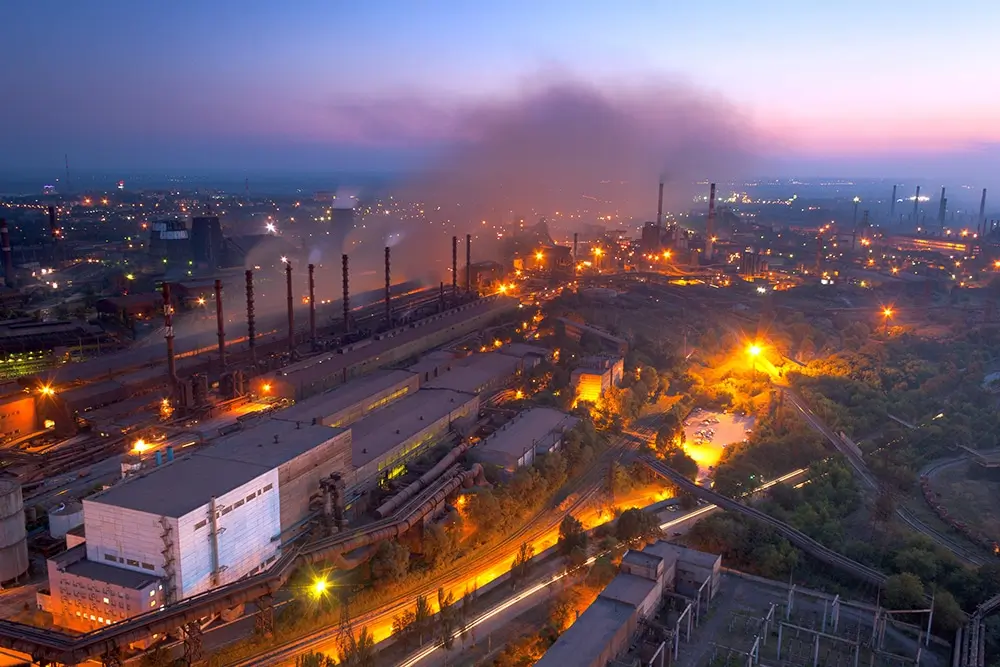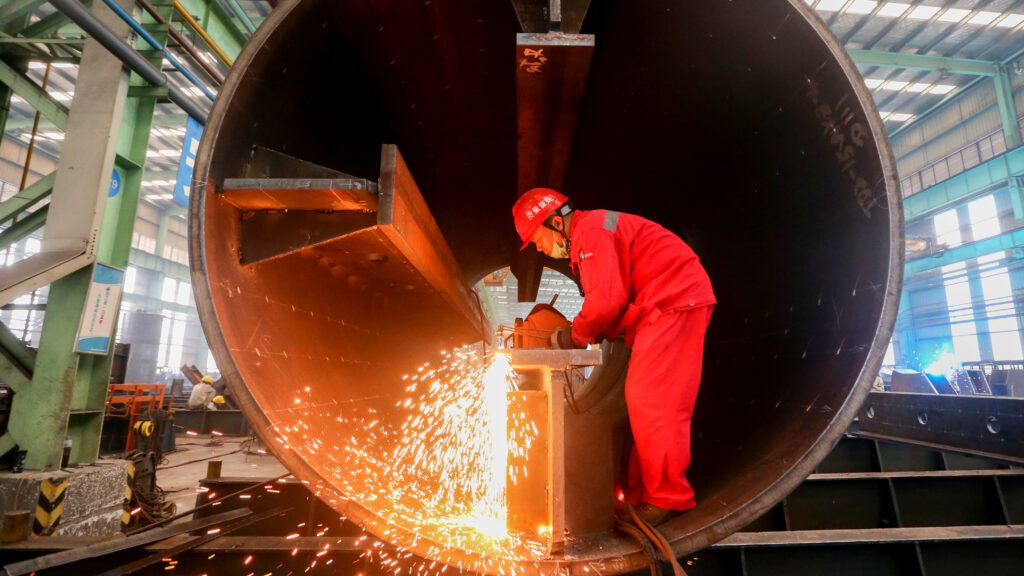The World Steel Association’s (WSA) latest Short Range Outlook paints a contrasting picture for global steel demand in 2024 and 2025. While China, the world’s largest steel consumer, is expected to see flat demand in 2024 followed by a slight decline in 2025, the European Union (EU) is forecast to experience a slow recovery this year before a more significant upswing in 2025.
China’s Steel Demand Faces Headwinds:
- WSA predicts flat steel demand in China for 2024, potentially weighed down by a slowdown in the real estate sector.
- This is a more cautious estimate compared to forecasts from Chinese institutions like Kallanish, which project a potential decline.
- WSA acknowledges underestimating China’s steel demand weakness in late 2023, leading to a downward revision of their overall 2023 forecast.
- While growth in infrastructure and manufacturing might offset losses from real estate, uncertainties remain.
- Government policies aimed at boosting demand through affordable housing and infrastructure projects (“The Three Major Projects”) could be hindered by local government finances.
EU Steel Demand Poised for Delayed Recovery:
- The 27 EU member states and the UK are expected to witness a “technical rebound” in steel demand this year, followed by a more substantial increase in 2025.
- Compared to pre-pandemic levels in 2020, EU steel demand growth in 2024 is projected to be modest.
- The report identifies geopolitical instability, high inflation, and tightening monetary policies as key challenges impacting steel-consuming sectors in Europe.
- These factors contributed to a significant drop in EU steel demand in 2023, reaching its lowest level since 2000.
- Despite near-term challenges, a more robust recovery is anticipated in 2025, with demand projected to rise by 5.3%.
- Germany is expected to remain a top steel consumer globally, with a forecast of a 3.2% increase in 2024 and a notable 10% growth in 2025.
Looking Ahead:
- The global green transition is seen as a potential driver for future steel demand, particularly in public infrastructure projects related to renewable energy like wind power.
- Faster control over inflation and a potential easing of monetary policies could stimulate steel demand, especially in construction and decarbonization investments.
Overall, the World Steel Association’s outlook highlights the uneven path of steel demand recovery across different regions. China faces challenges due to a sluggish real estate sector, while the EU is poised for a delayed but more significant upswing.
Source: World Steel Association
Written by Coalnewswire, AI generated







